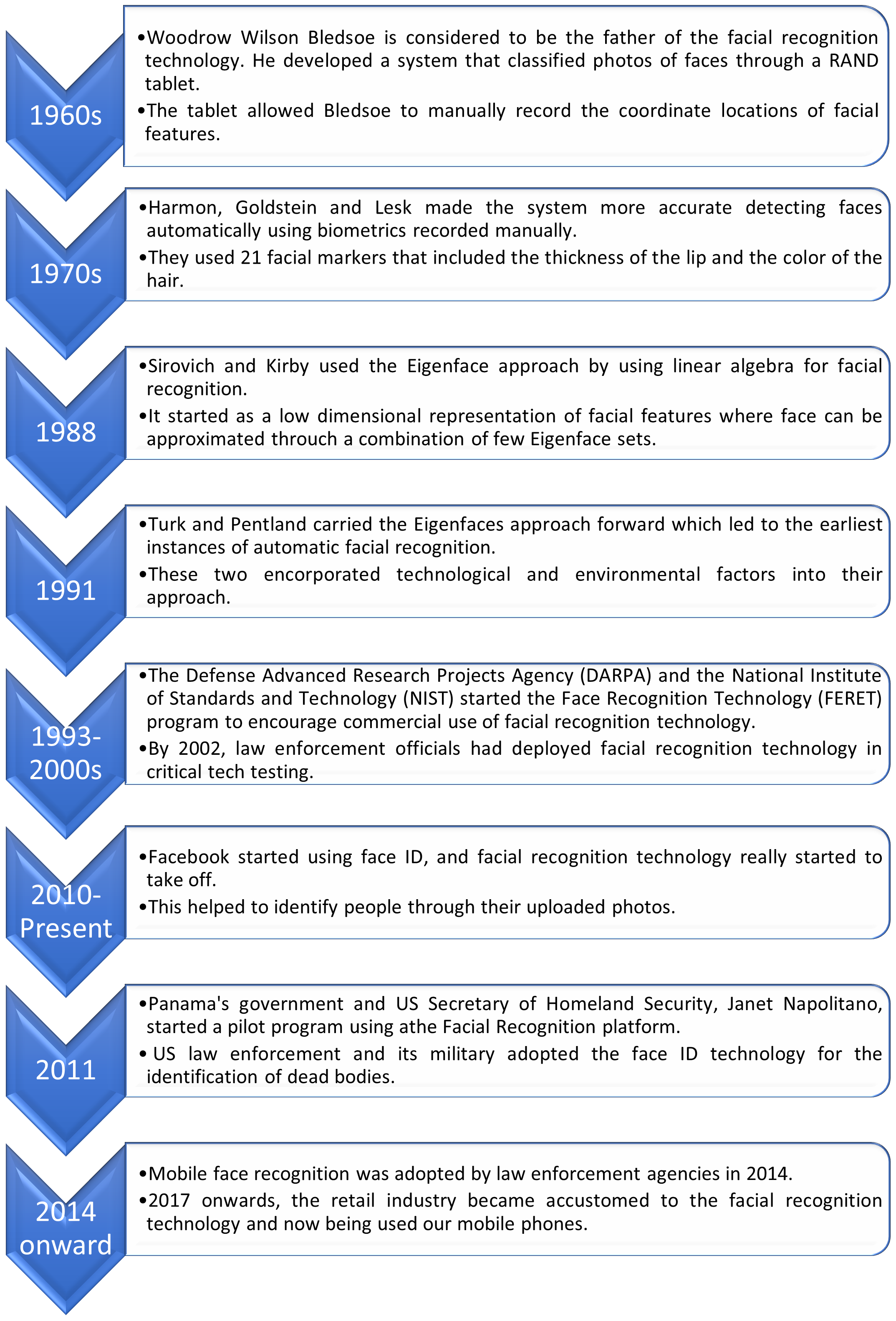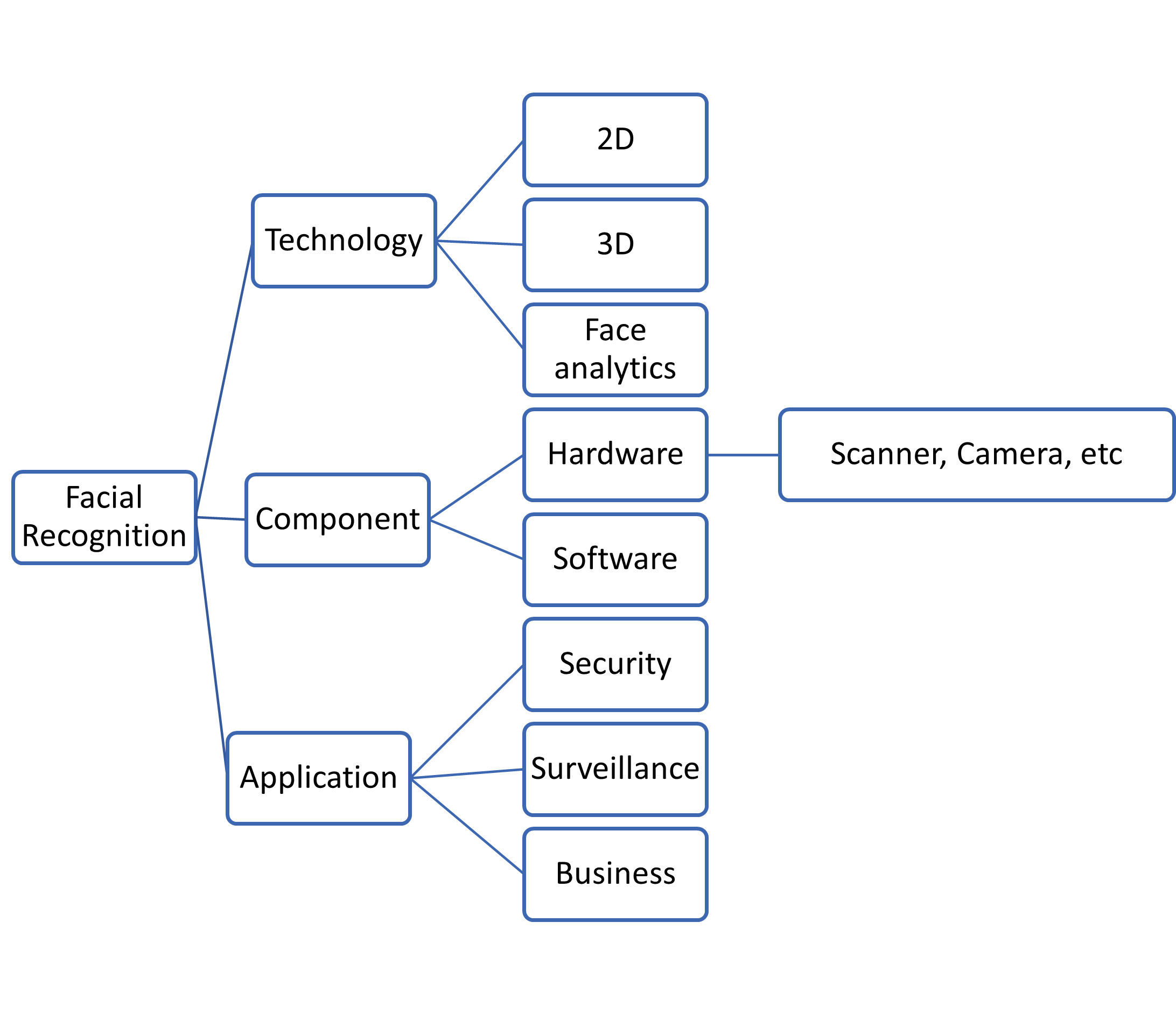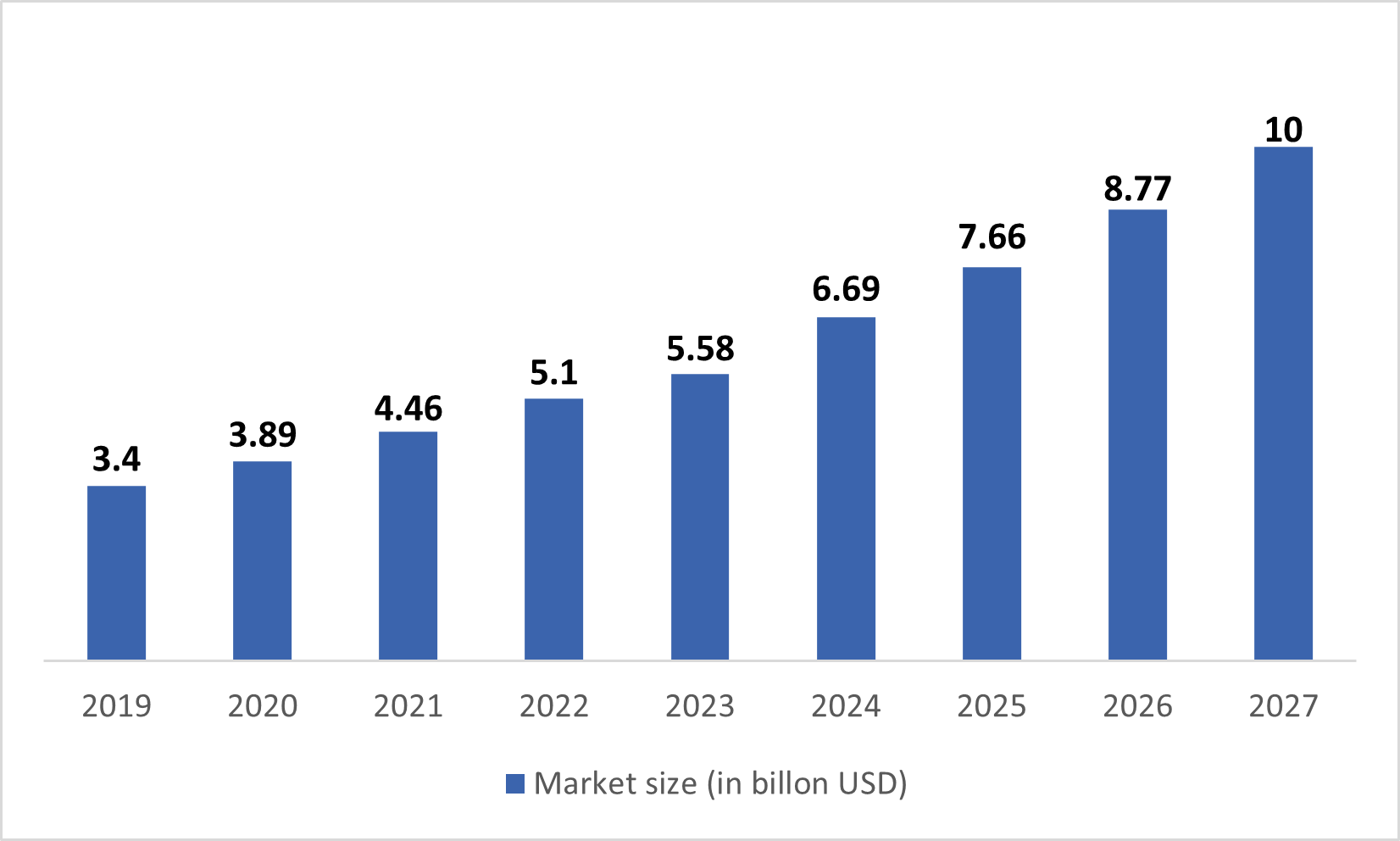Facial Recognition Apps: Past, Present, and Future
Once considered a thing of fiction, facial recognition has become a reality in the 21st century. Over the past decade, its impact and use can be found everywhere, including social media, security software, and cell phones. Facial recognition is a biometric identification method that maps an individual’s facial features mathematically and stores the resulting data as a face print. A person can then be recognized by comparing their face print to other faceprints stored in a database.
How Do Facial Recognition Apps Work?
Humans are good at recognizing faces. We find it easy to identify the face of a family member, friend, or acquaintance. We are familiar with their facial features — their eyes, mouth, nose — and how those features come together. That's essentially how many facial recognition applications work.
In general, facial recognition technologies contain these steps:
Face detection: The human face is located and detected in images and/or videos. Face detection works best when the person is looking at the camera directly.
Face capture and analysis: Facial features are captured and analyzed. The image can be captured in 2D or 3D. There are about 80 nodal points on every human face, and facial recognition software analyses these nodal points.
Converting the image into digital code: The analysis is converted into a digital code called a faceprint. The faceprint is just like a thumbprint, which is unique to everyone.
Matching and verification: The faceprint is compared against the information (other faceprints) in the stored database to check whether a match exists. If so, the information such as name and address can be returned.
Uses Of Facial Recognition Apps
One of the significant advantages of facial recognition technology is that it is contactless, unlike some other biometric authentication methods. Contactless biometrics is becoming more popular as it is convenient, and a more user-friendly approach to deliver a superior and consistent experience. Here are some of the popular trends using facial recognition:
Rising demands for surveillance systems and security: An increase in data breaches has led governments to enhance security using facial recognition. In addition, facial recognition can help reduce identity theft.
Use in retail and banking: This includes MasterCard using “selfie pay” for online shopping. Instead of recalling a password, the cardholder can verify their identity by taking a “selfie” photo, dramatically shortening the digital checkout experience. Apple has also offered facial recognition, Face ID, to the release of its recent devices. Face ID can unlock your device and authenticate payments using Apple pay and other purchasing apps.
Healthcare and hospitality: Because of the novel coronavirus, facial recognition has become pertinent to ensure social distancing. They have also combined facial recognition with temperature detection to check the temperature of individuals without contact.
Increased application in mobile phones: Facial recognition also helps secure devices such as mobile phones and laptops, which are used for personal and business purposes.
Innovative apps: Various apps are available that work with face detection and recognition. For example, FaceApp can detect your face and make you look younger or older, and a Snapchat filter can impose animal features on your face in real-time.
Evolution Of Face Recognition Technology
While facial recognition is new to many consumers, there is a long history behind the evolution of this technology, dating back to the 1960s. Let's dive into the history of face recognition to shed light on how this transformative technology came to be what we know today.
Here are some significant events in the history of facial recognition:
Market Segmentation Of Facial Recognition
Based on technology, facial recognition can be categorized into three categories: 3D facial recognition, 2D facial recognition, and facial analytics. Among these choices, 3D facial recognition is the most widely used because of its high accuracy. In 3D recognition, a real-time image of a face is captured and processed, typically using a cloud database. The adoption of 3D technology is rising because it can be used in darkness and can recognize objects at various view angles.
The application segment includes homeland security, criminal investigation, ID management, physical security, business intelligence, web application, photo indexing and sorting, and intelligent signage.
Market Segmentation (Source : Lumenci)
Market Overview
The global facial recognition industry was 3.4 billion USD in 2019 and is expected to reach 10 billion USD with a CAGR of 14.5% from 2020 to 2027. The market growth was largely driven by the increased adoption of facial recognition, especially in government and defense deployment.
Market Size of Facial Recognition Technology (Source : Lumenci)
In addition, the facial recognition market has seen a significant rise because of Covid-19, as many governments rely on surveillance techniques that don't require people's physical presence. Facial recognition has been introduced into healthcare, public safety, and security. This technology is also viewed as a sanitary alternative to help curb the spread of the novel coronavirus. Scientists have combined facial recognition technology with temperature detection to allow contactless temperature checks.
Key Market Players
The major players in the facial recognition industry are Safran SA (France), Cognitec Systems (Germany), Gemalto (Netherlands), Aware Inc. (US), Face++ (China), Daon Inc. (US), FaceFirst Inc. (US), NEC Corporation (Japan), Ayonix Corporation (Japan), Key Lemon Ltd. (Switzerland) and others.
IP Landscape Of Facial Recognition Technology
As illustrated below, many companies have applied for facial recognition patents in China, aiming to become global leaders in this technology The US, too, accounts for many patents, but the patent volume lags behind China.
Some of the significant patent holders for facial recognition are Samsung, Oppo, Canon, Sony, LG, IBM, Microsoft, Intel, Google, and Apple.
Yearly Trend of Patent Application in Facial Recognition Industry (Source : Lumenci)
(Note: Full data for 2019 and 2020 is not yet available.)
Misuse Of Facial Recognition Apps- Potential Dangers
The use of facial recognition apps is proliferating, which has triggered a severe concern about its impact on human rights and security. Here are some of the threats possessed by this technology:
1. Automated surveillance: CCTVs are everywhere nowadays, and these devices can be combined with a facial recognition system to automatically detect and surveil people. Such surveillance allows us to track the day-to-day activity of anyone, introducing the possibility of misuse.
2. No clear legal framework: Most countries do not have specific rules and regulations regarding the use of this technology, which makes it vulnerable to exploitation.
3. Create Privacy Concerns: Facial recognition technology can record, store and analyze our activities indiscriminately on a large scale, which undermines our privacy as we can no longer do anything in public spaces without being watched.
4. It can be inaccurate: Several studies have shown that facial recognition can be inaccurate. The algorithms used can be biased based on race, color, gender, or age, giving incorrect results for several groups.
5. Predatory marketing: Facial expressions detection software could be misused by some firms to identify vulnerable customers. By segmenting intense emotions like stress, they could tailor their products and services to these individuals.
Future of Facial Recognition Apps
Governments worldwide are investing heavily in facial recognition technology, with the US and China leading.
The USA has decided to employ a facial recognition system to identify and register airport visitors. Several states in the US have authorized law administrations to run identification searches within the database. China is already operating several facial intelligence projects, and other countries are beginning such projects. In India, banks are using this technology to deter ATM fraudsters, detect duplicate voters and verify passports and driving licenses.
Facial recognition is likely to expand and create massive revenue opportunities in the forthcoming years, including in security and surveillance. For better management, universities, schools, and healthcare centers have implemented facial recognition technology. The complex technologies used in face recognition are also being introduced to the robotics and automation industries.
Facial recognition has a booming market, and it is likely to experience even further growth, but to reach its full potential, important privacy concerns need to be addressed.
Author
Satyam Kumar Rao
Senior Associate at Lumenci
Satyam is a Senior Associate at Lumenci with experience in Networking and Telecommunications. He holds a B.Tech degree in Electrical Engineering from NIT Kurukshetra. Recently, he has gained an interest in Video Codec and also likes drawing, painting, and listing to music.








